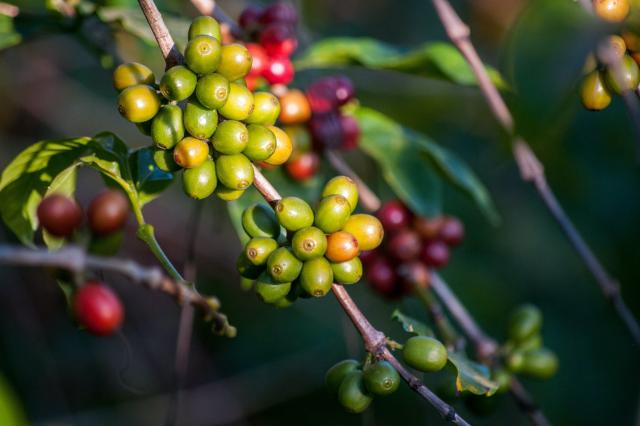New research from CSIRO, Australia’s national science agency, and the University of Southern Queensland, has confirmed that global coffee production is facing major threats due to increasing and concurrent hazards fuelled by climate change.
The threats could eventually impact global supply, including to Hume and Whittlesea
The researchers found that across the top 12 coffee producing regions globally, climate hazards – like extremes in temperature and rainfall – had increased in every region between 1980 to 2020 and are occurring in multiple locations at the same time.
Published in PLOS Climate the research provides the first look at the changing nature of concurrent hazards to coffee production on a global scale.
Research scientist Doug Richardson, who led the research while at CSIRO, said coffee was a sensitive crop vulnerable to climate change.
“Coffee crops can fail if the annual average temperature and rainfall is not within an optimal range,” he said.
“The frequency of climate events has been increasing over the last 40 years and we see clear evidence of global warming playing a role, as the predominant types of climate hazards have shifted from cold and wet to warm and dry.
“Since 1980, global coffee production has become increasingly at risk of synchronised crop failures, which can be driven by climate hazards that affect multiple coffee-producing areas simultaneously,” he said.
CSIRO scientist James Risbey said certain recurring climate patterns are important predictors of hazards in coffee growing regions.
“The El Niño-Southern Oscillation (ENSO) – a recurring climate pattern affecting the tropics and extratropics – can help predict hazards in some regions like tropical South America, Indonesia and Vietnam.” he said.
“The good news is that ENSO appears to have less of an impact on Southern Brazil, the world’s biggest producer of Arabica coffee.
“Southern Brazil could therefore help to dampen coffee production shocks felt elsewhere during significant ENSO events like prolonged cool weather (La Niña) or warm weather (El Niño),” he said.
Previous international research found that land suitable for growing coffee globally could be reduced by up to 50 per cent by 2050.







